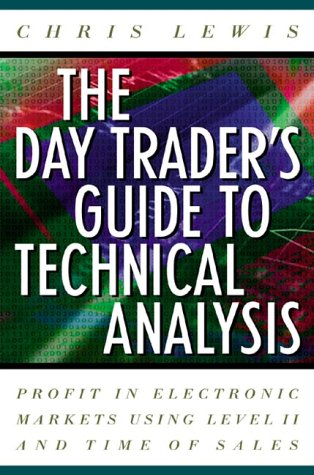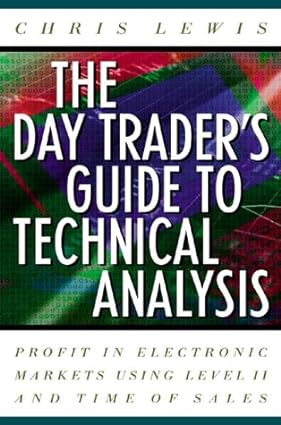
Practical Financial Modelling: A Guide to Current Practice (PDF/EPUB Version)
$18.99
The book identifies good practice and highlights those areas which are prone to error and inconsistency resulting in a refreshingly simple approach to building and using financial models suitable for novice and experienced modellers. By using practical worked examples the most effective ways in which problems can be solved are explored. Key themes include: model structure, audit formulae and functions and model use.
New to the second edition:
Instructive information on Excel 2007 and its enhanced modelling functions and feature; Risk controls in developing and using financial models; Test-yourself modelling problems and applied examples in every chapter; Substantial information related to reporting and charting techniques and an appendix devoted to parallel comparison of how-to in Excel 2003 and 2007.
- Instructive information on Excel 2007 and its enhanced modelling functions and features
- Risk controls in developing and using financial models
- Test-yourself modelling problems and applied examples in every chapter
- Substantial information relating to reporting and charting techniques
- An appendix devoted to a parallel comparison of how-to in Excel 2003 and Excel 2007
eBook features:
- Highlight, take notes, and search in the book
- In this edition, page numbers are just like the physical edition


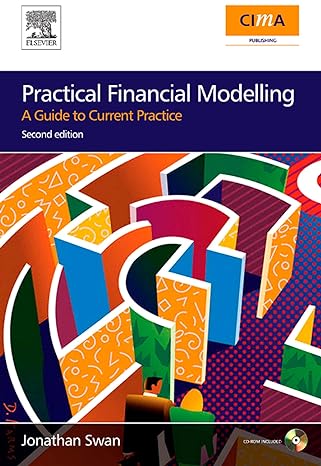

_oo0ved3v3o.jpg)
_lssswu6eyg.jpg)
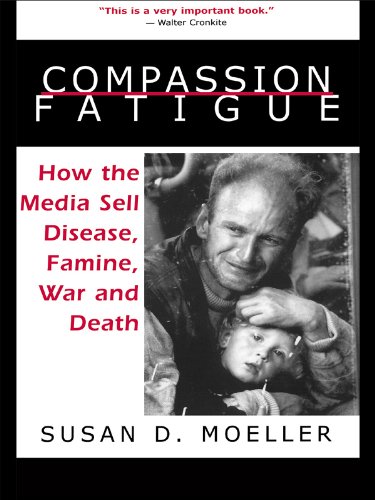

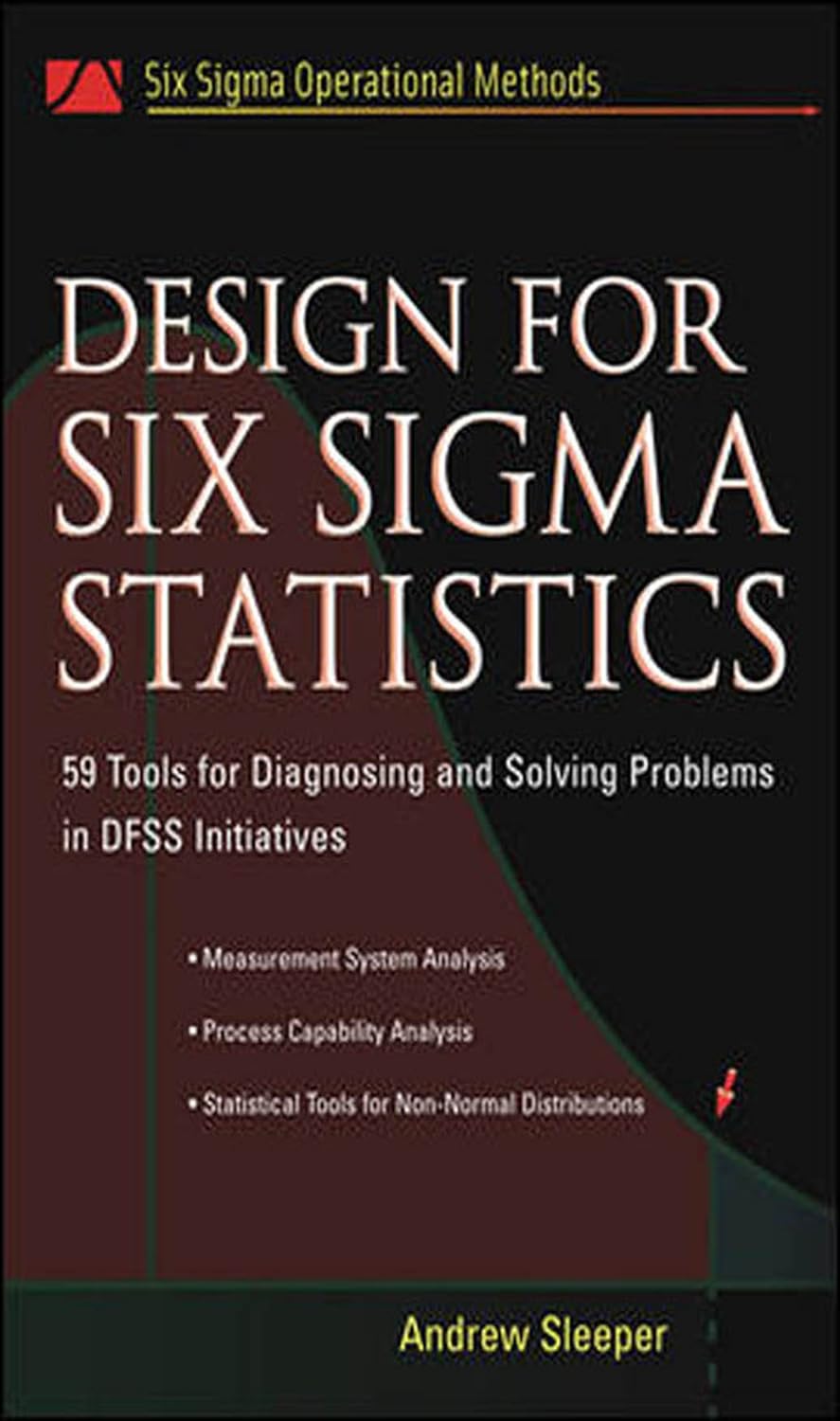
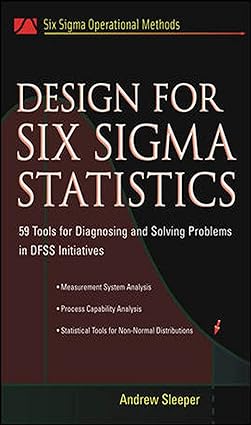

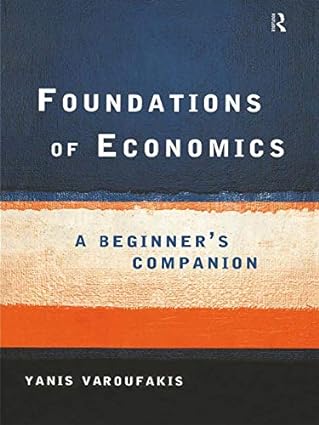




_how_to_design_and_deliver_successful_business_presentations_anif5kxtbo.jpg)
_how_to_design_and_deliver_successful_business_presentations_lvclkx62zf.jpg)
